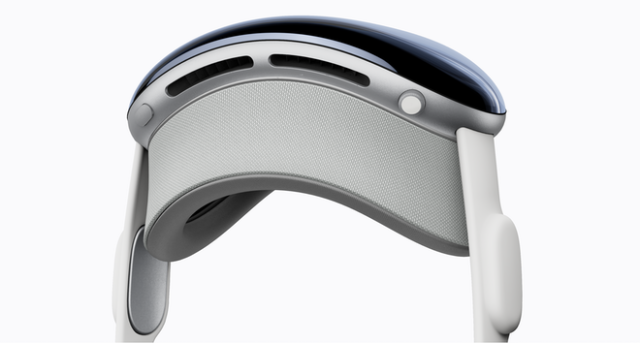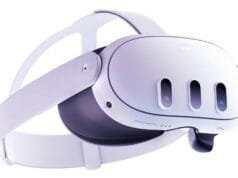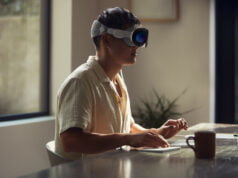
Apple’s innovative approach to technology has always been a topic of discussion. Recently, a patent granted to the tech giant suggests a counterintuitive method to address the neck strain issues associated with the Vision Pro headset. Instead of making the device lighter, Apple is considering adding weight to it. Here’s a deeper dive into this intriguing development:
Key Highlights:
- Apple’s patent proposes increasing the Vision Pro’s weight to alleviate neck strain.
- The primary concern is not the weight but its distribution.
- A rear counterweight could provide a more neutral center of gravity.
- The patent suggests a movable balancing mass to offset torque changes.
Background and Concerns:
When Apple unveiled the Vision Pro in June, it allowed select media representatives to test the device. One of the immediate concerns raised was the weight of the headset, especially during prolonged use. Apple had already made design compromises to reduce its weight, such as minimizing its size to exclude room for eyeglasses and incorporating a separate tethered battery pack. Despite these efforts, concerns about the device’s comfort persisted.
A Counterintuitive Solution:
The newly granted patent offers a solution that might seem unlikely at first glance: adding weight to the headset. The primary issue isn’t the overall weight but its distribution. Most of the device’s weight is concentrated at the front, causing downward pressure and leading to neck fatigue. The patent, identified by Patently Apple, introduces the idea of a rear counterweight to establish a more balanced center of gravity.
The patent describes a head-mounted display with a movable balancing mass. This mass can be adjusted relative to the display unit, offsetting torque changes when tilting the headset. Such a design could significantly improve user comfort during extended sessions.
Personal Experiences and Similar Solutions:
The concept of adjusting weight distribution isn’t entirely new. For instance, the Meta Quest 2, a popular virtual reality headset, faced similar weight distribution challenges. Users often felt a forward and downward pull, becoming uncomfortable after 30-40 minutes of use. Meta’s solution, the Quest 2 Elite Strap, included a secondary battery in the rear, balancing the weight and enhancing comfort.
Apple’s proposal is slightly more advanced, allowing the counterweight to be adjusted according to the user’s head position while using the device. This adaptability could be a game-changer in ensuring user comfort.
Summary:
Apple’s recent patent for the Vision Pro headset offers a unique solution to the neck strain issue: adding weight to achieve a balanced distribution. By introducing a movable rear counterweight, the company aims to create a more neutral center of gravity, enhancing user comfort. While it’s a departure from the conventional wisdom of making devices lighter, this innovative approach might just be the answer to the ergonomic challenges posed by head-mounted displays.










